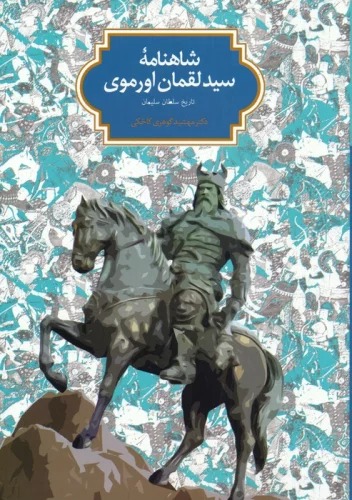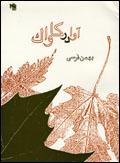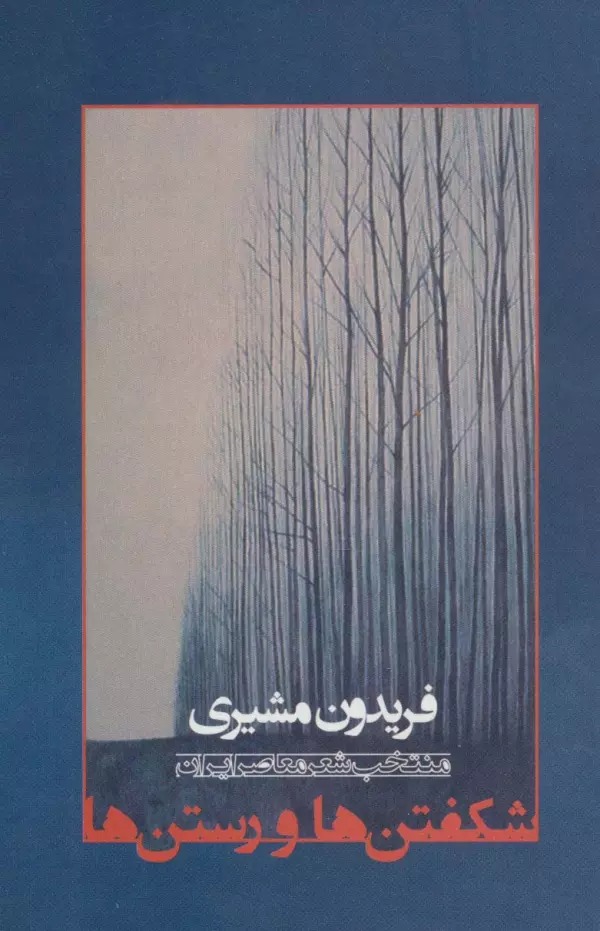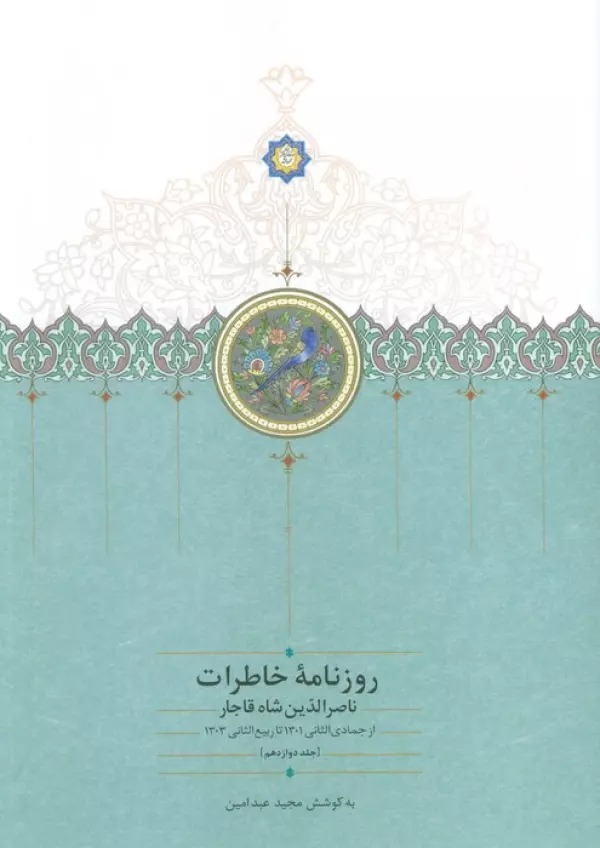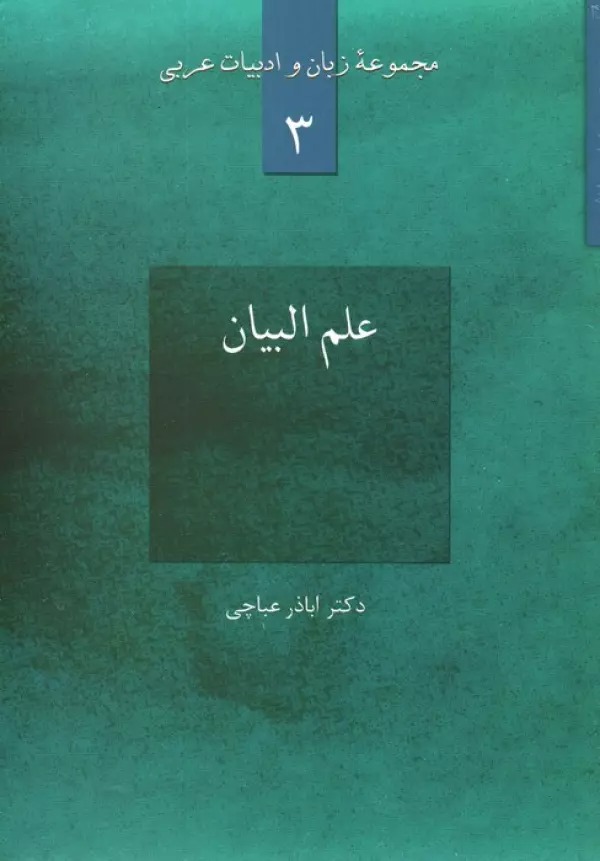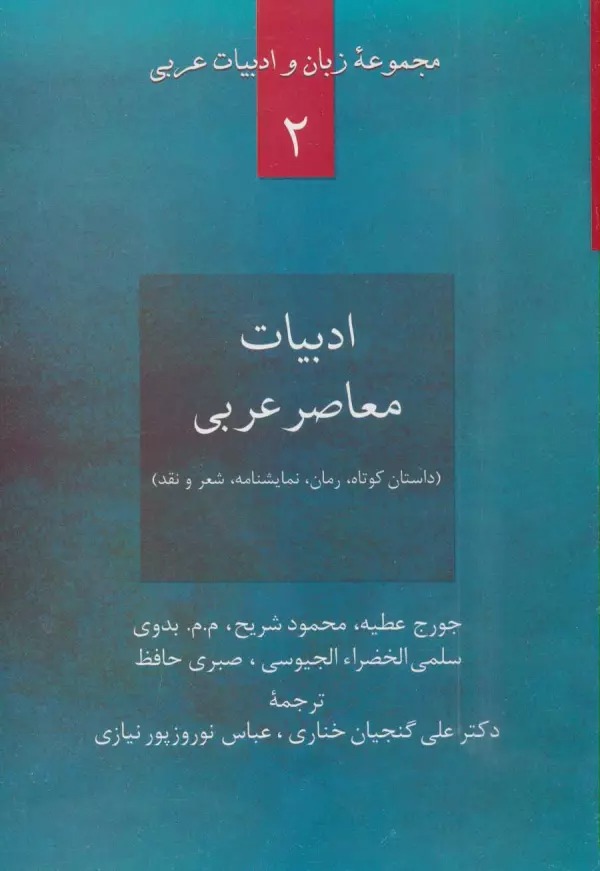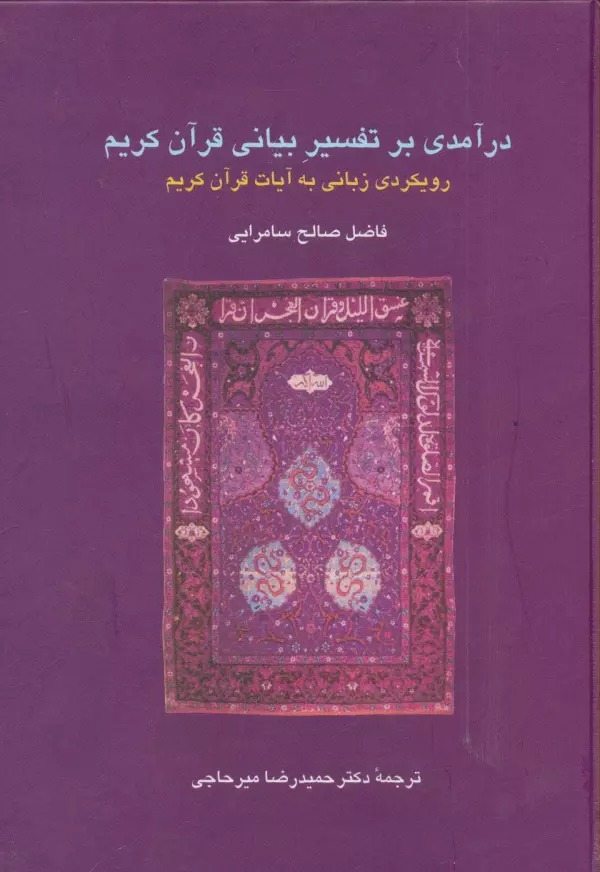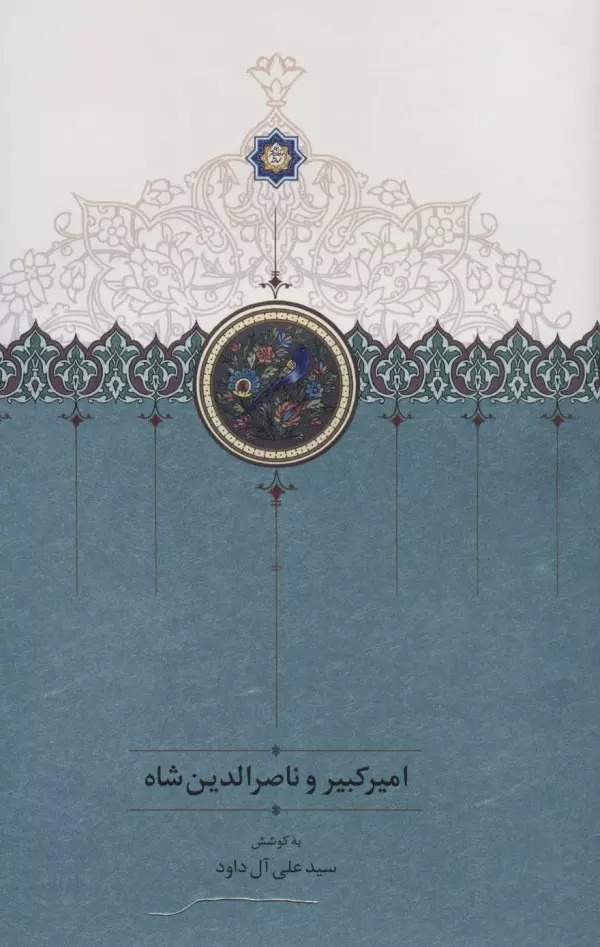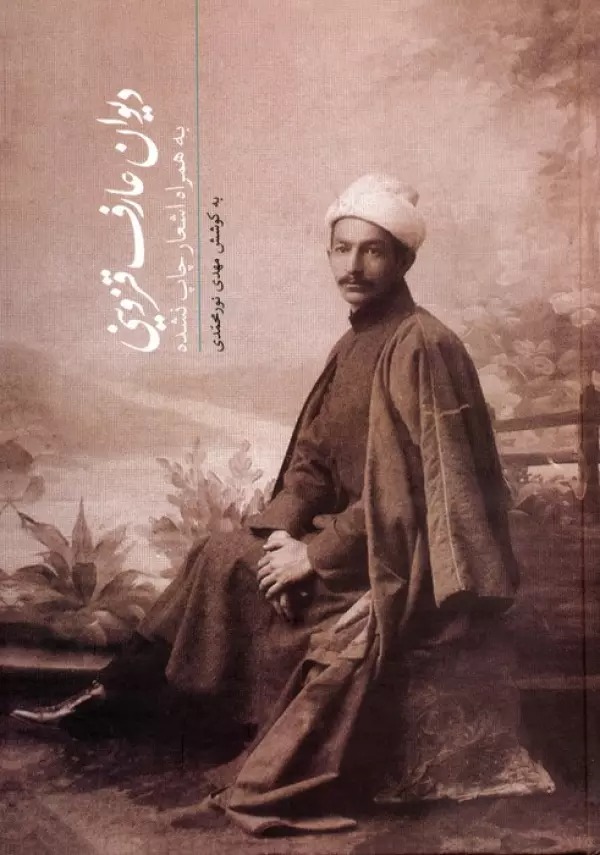شاهنامه سیدلقمان اورموی: تاریخ سلطان سلیمان فارسی 1403
Shāhnāmah-yi Siyyd Luqmān Ūrmūy
220 SEK
اشتراکگذاری
Wishlist
Shahnameh writing as the first form of poetic historiography in the Ottoman court spread from the middle of the 9th century AH, and many historical Shahnamehs were written in Persian in imitation of Ferdowsi's Shahnameh describing the campaigns of Ottoman kings. The epic poem "The History of Sultan Suleiman" is one of the most important works of Seyyed Luqman Ormoi, the third Shahnamehchi of the Ottoman court, which was written in 689 AD. It ended in the court of Murad III. In this work, the events of the last seven years of the life of Sultan Suleiman the Magnificent and his campaigns to Austria and Hungary are narrated. The history of Sultan Suleiman is worthy of attention and valuable from a literary point of view, and the influence of Persian literature and Ferdowsi's Shahnameh is evident in it. Shahnamehs written in Persian in the Ottoman court. It includes an important part of the unknown Iranian-Ottoman literature and has a privileged and special position. By critically correcting such works, especially the valuable system of the history of Sultan Suleiman and examining its literary, linguistic and historical features, a suitable ground will be provided for a better understanding of the position of Persian literature in Asia Minor and a better drawing of how the Iranian identity continues outside the territory of Iran and the extent of the transmission of literary traditions. Iranian culture and identity is more revealed to the Ottoman territory. Especially since these histories were written at the same time as the Safavid dynasty ruled Iran, one of the most prominent periods of Iranian identity representation.
more
شاهنامهنویسی بهعنوان نخستین شکل تاریخنگاری منظوم در دربار عثمانی از اواسط قرن نهم هجری گسترش یافت و شاهنامههای تاریخی بسیاری به زبان فارسی به تقلید از شاهنامهی فردوسی در وصف لشکرکشیهای شاهان عثمانی سروده شد. منظومهی حماسی تاریخ سلطان سلیمان یکی از آثار مهم سید لقمان اورموی سومین شهنامهچی دربار عثمانی است که سرایش آن در سال ۶۸۹ .ق. در دربار مراد سوم به پایان رسید. در این اثر رویدادهای هفت سال پایانی زندگی سلطان سلیمان قانونی و لشکرکشیهای او به اتریش و مجارستان روایت شده است. تاریخ سلطان سلیمان از نظر ادبی درخور توجه و ارزشمند است و تأثیر ادب فارسی و شاهنامه فردوسی در آن مشهود است. شاهنامههایی که در دربار عثمانی به فارسی سروده شده است. بخش مهمی از ادبیات ناشناختهی ایرانی - عثمانی را در بر میگیرد و از جایگاه ممتاز و ویژهای برخوردار است. با تصحیح انتقادی اینگونه آثار بهویژه منظومهی ارزشمند تاریخ سلطان سلیمان و بررسی ویژگیهای ادبی زبانی و تاریخی آن، زمینهی مناسب برای شناخت بهتر جایگاه ادبیات فارسی در آسیای صغیر و ترسیم هرچه بهتر چگونگی استمرار هویت ایرانی در خارج از قلمرو ایرانزمین فراهم و میزان انتقال سنتهای ادبی فرهنگ و هویت ایرانی به قلمرو عثمانی بیشتر آشکار میشود. بهویژه که این تاریخها همزمان با حکومت سلسلهی صفوی بر ایران، یکی از برجستهترین دورههای بازنمایی هویت ایرانی، تألیف شده است.
more

